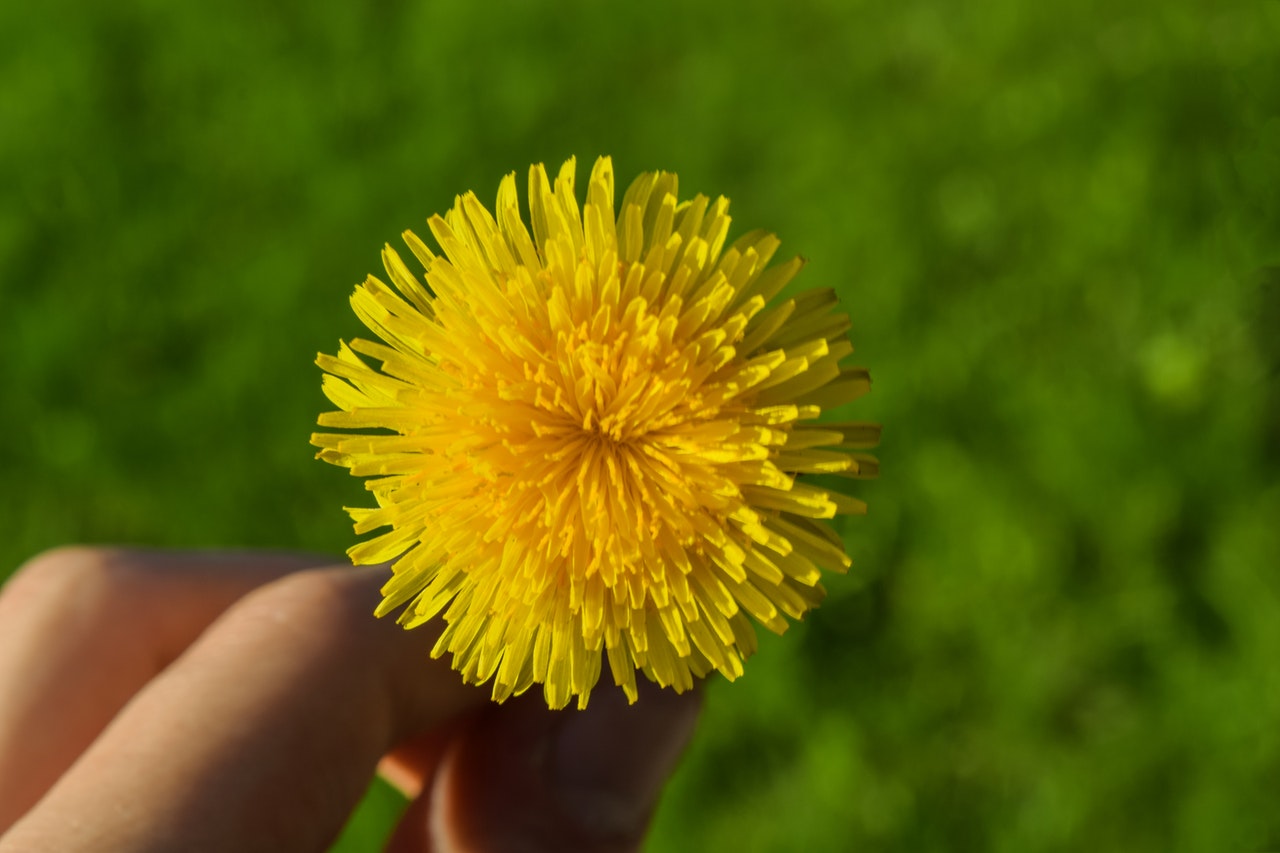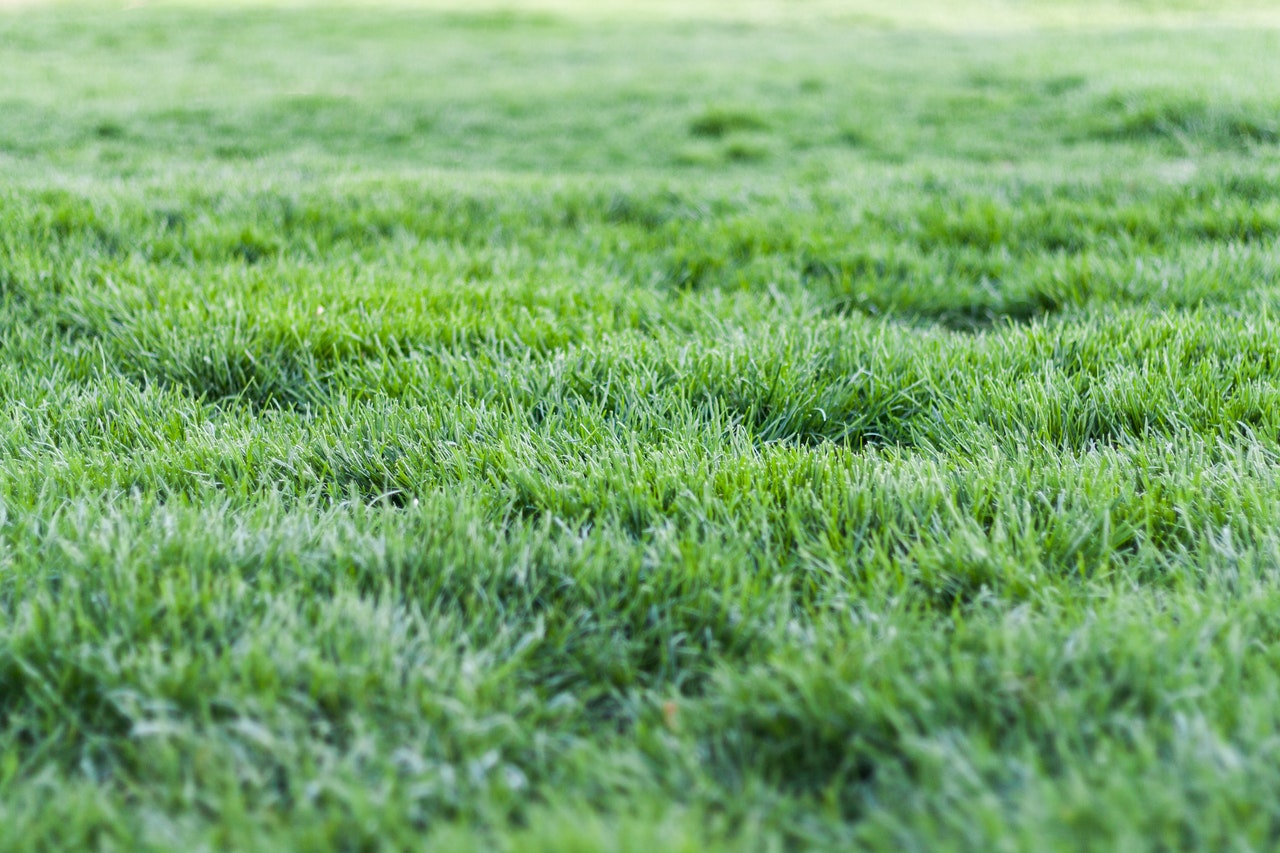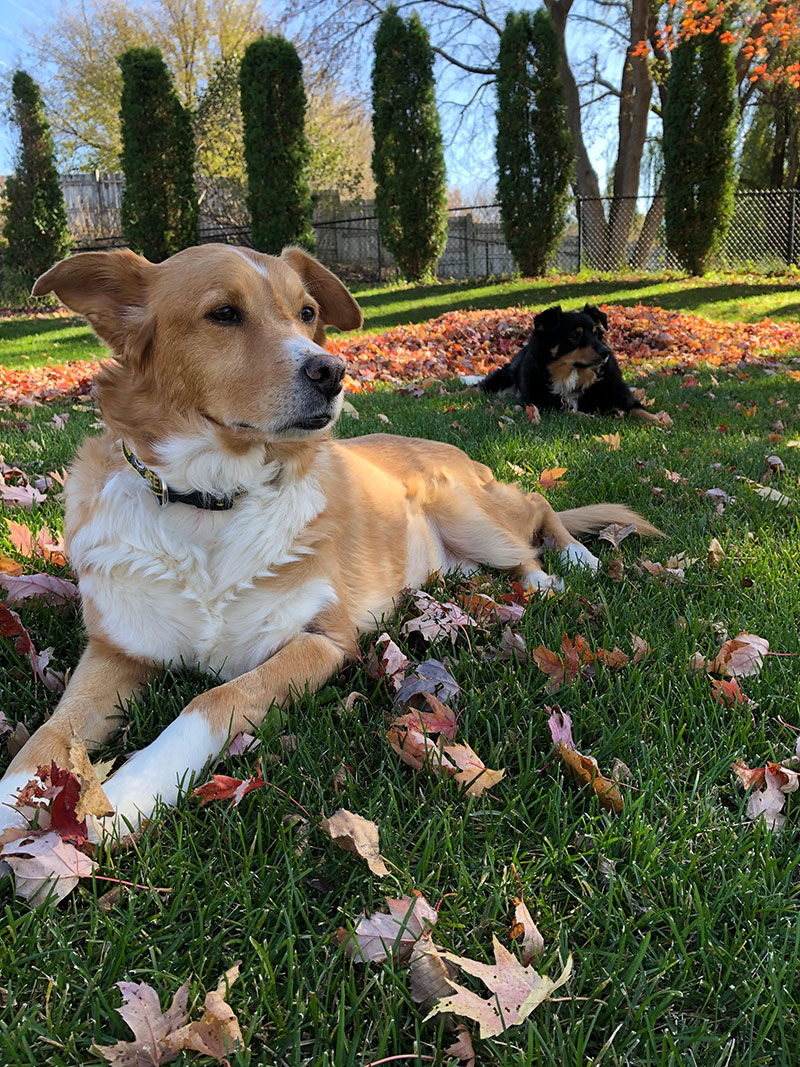The Twin Cities’ excessive rainfall this year has been great for our lawns. Weeds already compete with your turfgrass during the hot months of the summer, and the spring rains gave them a jumpstart. This month we’ll help you identify the most common weeds you’re seeing and provide natural best practices to control them.
Crabgrass
The University of Minnesota Extension Service describes crabgrass as a prolific weed that survives harsh conditions through its abundant tillering (creation of shoots other than the main shoot) and seed production. One crabgrass plant can produce up to 150,000 seeds in a single season. Crabgrass seed germination occurs in the spring, when soil has an average temperature high enough to support growth. These seeds produce even more crabgrass plants over the summer.
There are steps you can take to control crabgrass:
- The best way to control crabgrass is in the early spring, applying a pre-emergent herbicide – Corn Gluten – before the soil temperatures reach approximately 55°F.
- Keeping your mowing height to a minimum of 3 inches helps decrease crabgrass seed germination.
- One of the best strategies to combat crabgrass, and other weeds in general, is to maintain a healthy lawn.
Chickweed
Chickweed is challenging because of its ability to grow in a variety of conditions. PennState Extension says it’s found in both high and low maintenance turf, in sunny and shaded areas, and in many different soil types. Common chickweed stems grow close to the ground then turn slightly upright, producing leaves and flowers. It’s generally classified as a winter annual. It produces shallow root systems and long, branching stems that grow prostrate along the soil surface. Seeds can germinate during spring, summer, and fall. Common chickweed produces one or two generations per year.
Common chickweed can be controlled with three to four applications of liquid iron each year. However, mouse-ear chickweed can tolerate iron applications due to the trichomes on the leaves. Improving turf density through non-chemical fertilization, regular mowing, and use of turfgrasses well-adapted to site conditions also helps. The University of California Department of Agriculture and Natural Resources provides these guidelines for natural control:
- Nonchemical controls include hand weeding, cultivation, and adding mulch to garden beds.
- Chickweed should be controlled before it flowers. This can be difficult due to the short period between germination and flower production. However, regular monitoring and removal of plants from the site will prevent seeds from developing and accumulating in the soil (seed bank).
- It’s important not only to remove the plants from the ground but also to remove them from the site. Common chickweed can re-root from stem nodes in moist areas.
Chances are, you see other weeds in your lawn. Some of the most common are:
Dandelions
Dutch white clover
Ground ivy (creeping Charlie)
Quackgrass
Wild violet (common blue violet)
Following the management guidelines we provided can help manage weeds. Contact the experts at Organic Lawns by LUNSETH to create the best organic weed control program for your yard.





 Prostrate knotweed looks a little like prostrate spurge, but it is easy to distinguish the two. The knotweed has symmetrical leaves that are arranged in an alternating pattern along the length of its runner. It also lacks the milky sap that is typical of the spurge. The knotweed germinates very early in the spring and can sometimes be found peeking through as the snow melts. It was identified at its earliest this year at the Turfgrass Research Center, in February! It looks a little like grass when it first emerges, and is sometimes mistaken for emerging crabgrass. The knotweed will usually show up six to eight weeks or even more, before crabgrass.
Prostrate knotweed looks a little like prostrate spurge, but it is easy to distinguish the two. The knotweed has symmetrical leaves that are arranged in an alternating pattern along the length of its runner. It also lacks the milky sap that is typical of the spurge. The knotweed germinates very early in the spring and can sometimes be found peeking through as the snow melts. It was identified at its earliest this year at the Turfgrass Research Center, in February! It looks a little like grass when it first emerges, and is sometimes mistaken for emerging crabgrass. The knotweed will usually show up six to eight weeks or even more, before crabgrass. Yellow woodsorrel (better known as oxalis and shamrock), is an annual or a weak perennial in northern regions of the United States. It is easily recognized by its three-part leaf with distinct heart-shaped leaflets and its yellow flowers with five petals. It germinates in midsummer and often becomes a problem in August.
Yellow woodsorrel (better known as oxalis and shamrock), is an annual or a weak perennial in northern regions of the United States. It is easily recognized by its three-part leaf with distinct heart-shaped leaflets and its yellow flowers with five petals. It germinates in midsummer and often becomes a problem in August. Black medic is considered an annual clover, even though it is not part of the clover
Black medic is considered an annual clover, even though it is not part of the clover Prostrate spurge, as its name would indicate, grows in a prostrate manner along the surface of the ground. It has leaves that are paired opposite one another along the length of its runner. The individual leaves are asymmetrical, meaning that they are not the same on both sides of the midrib. Some varieties will have a purple/red spot on the middle of the leaf. If the stem is broken, a drop of milky sap will form at the end of the broken stem. This sap can irritate the skin, so wear gloves when hand pulling this weed. Spurge and knotweed can be mistaken for each other, but knotweed does not produce a milky sap when the stem is broken and its leaves grow in an alternating pattern. Spurge generally germinates later than goosegrass, which germinates later than crabgrass.
Prostrate spurge, as its name would indicate, grows in a prostrate manner along the surface of the ground. It has leaves that are paired opposite one another along the length of its runner. The individual leaves are asymmetrical, meaning that they are not the same on both sides of the midrib. Some varieties will have a purple/red spot on the middle of the leaf. If the stem is broken, a drop of milky sap will form at the end of the broken stem. This sap can irritate the skin, so wear gloves when hand pulling this weed. Spurge and knotweed can be mistaken for each other, but knotweed does not produce a milky sap when the stem is broken and its leaves grow in an alternating pattern. Spurge generally germinates later than goosegrass, which germinates later than crabgrass.




